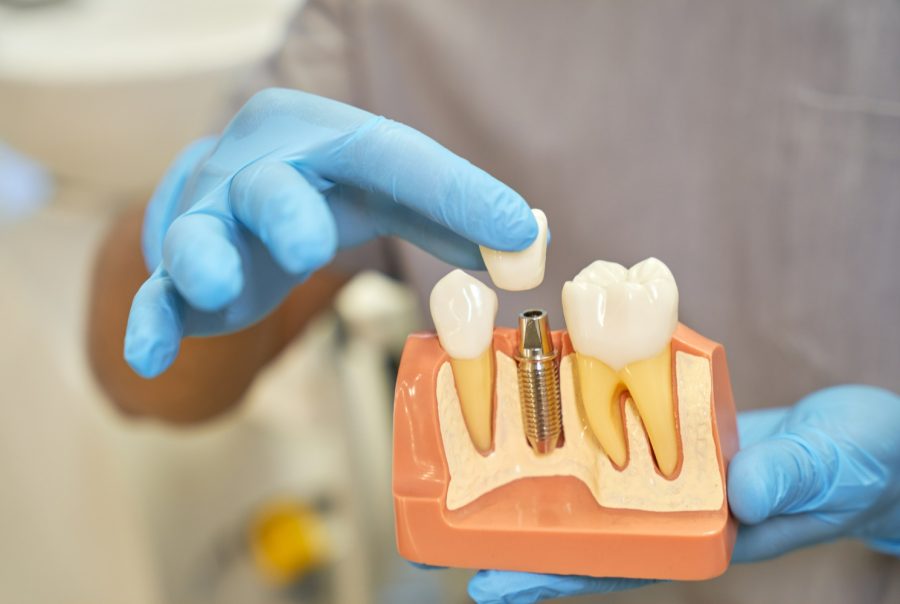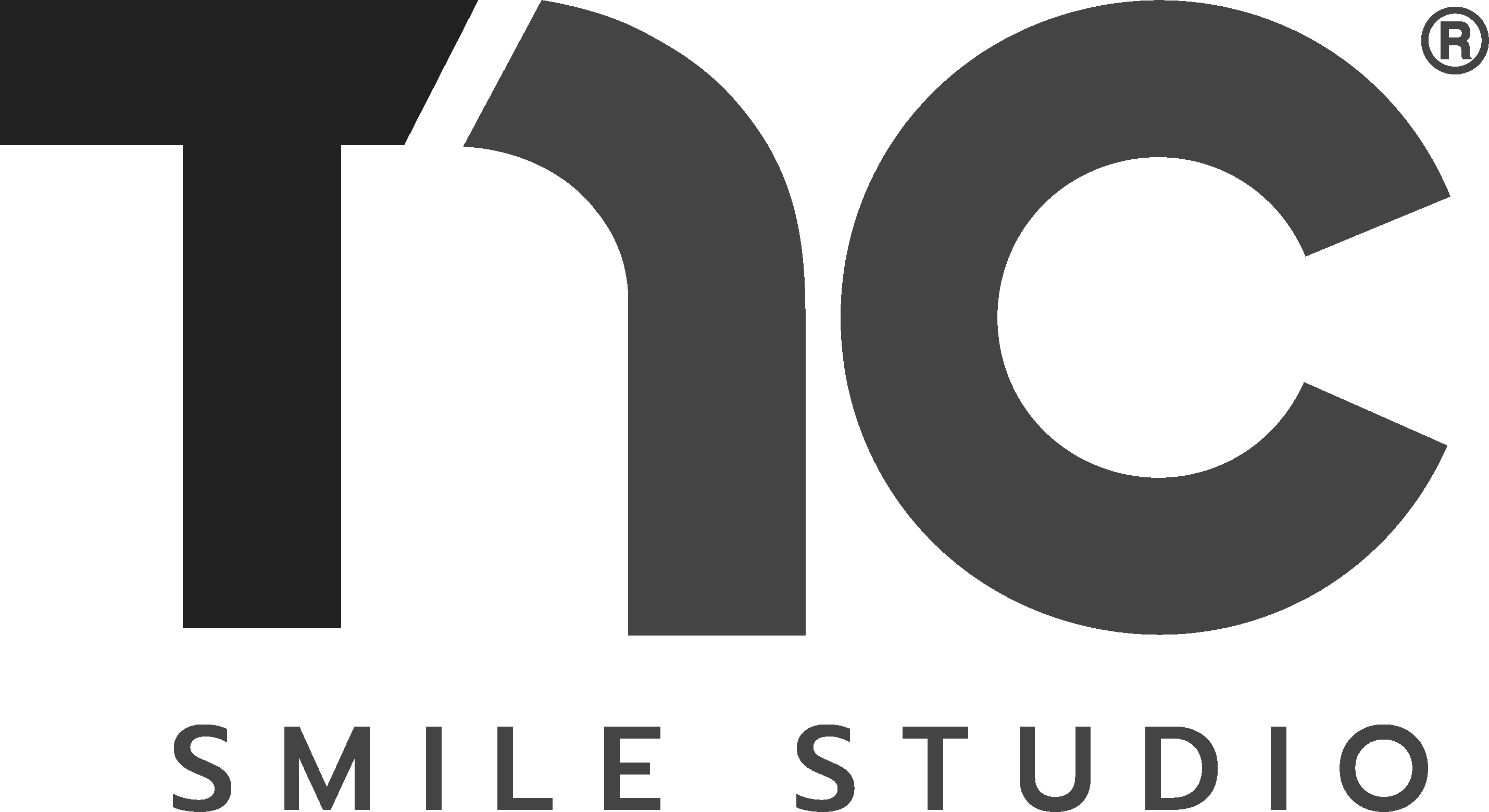Get information about gum contouring treatment with the detailed explanation of specialist dentist Seher Arseven.
Gum Contouring (Gingivectomy)

Gum Contouring Turkey, Antalya.
Gum contouring is a dental procedure aimed at improving the appearance of the gums and treating gum diseases. This procedure involves removing or reshaping excess gum tissue.
What is Gingivectomy?
Gingivectomy is the surgical removal of gum tissue. This procedure is used to reduce gum overgrowth, eliminate gum pockets, or correct the shape of the gums.
How is Gum Contouring Done?
Gum contouring is usually performed under local anesthesia. During the procedure, the dentist removes excess gum tissue by cutting or vaporizing it with a laser. The gums are then shaped, and stitches may be applied.
Who Should Consider Gum Contouring?
Gum contouring may be a suitable treatment option for individuals in the following situations:
Aesthetic Concerns:
- Gummy Smile: Excessive gum display when smiling, causing the teeth to appear short.
- Gum Asymmetry: Irregularities or asymmetry in the gums and a desire for a more aesthetic smile.
Gum Diseases:
- Periodontal Diseases: Treatment of gum inflammation (gingivitis) or gum infection (periodontitis) by eliminating gum pockets and promoting healing.
- Gum Recession: Reshaping the gum tissue due to recession caused by gum diseases or other factors.
Who Should Not Have Gum Contouring?
Gum contouring may not be suitable or may need to be postponed in the following situations:
- Uncontrolled Systemic Diseases: Conditions such as diabetes, heart disease, or immune system disorders that may adversely affect the healing process.
- Blood-Thinning Medications: Such medications can increase the risk of bleeding.
- Pregnancy: Due to the risk to the baby from medications or anesthesia used during the procedure.
Consulting a dentist to evaluate your situation is crucial in determining whether gum contouring is appropriate for you.
Differences Between Gingivectomy and Gingivoplasty
Both gingivectomy and gingivoplasty aim to improve gum aesthetics and health, but they differ in several key aspects:
Gingivectomy
- Involves the removal of infected or diseased gum tissue in the gum pocket.
- Typically used to treat periodontal diseases.
- Gum tissue is partially excised to eliminate pockets surrounding the tooth roots, reducing bacteria buildup and promoting healing.
- Results in healthier gums with reduced risk of gum recession.
Gingivoplasty
- Focuses on correcting the shape and contour of the gums.
- Used to address aesthetic concerns, such as gummy smiles or gum asymmetry.
- Involves reshaping the gum tissue without removing any tissue.
- Lasers or surgical instruments are used to shape the gums to the desired form.
- Achieves a more aesthetic and symmetrical smile.
Determining the appropriate procedure for you requires a consultation with a dentist who will assess your dental and gum health and recommend the best treatment option.
Cost of Gum Contouring in Turkey
The cost of gum contouring (gingivectomy) can vary based on several factors:
- Method Used: Traditional surgical gingivectomy versus laser gingivectomy, with laser procedures typically being more expensive.
- Extent of Gum Tissue Treated: Treating a few teeth versus a comprehensive treatment of all gums.
- Dentist’s Experience and Expertise: More experienced and specialized dentists may charge higher fees.
- Additional Treatments: Costs may increase if additional treatments, such as dental cleaning or root planing, are required.
To determine the best option for your budget and needs, consider obtaining price quotes from different dental polyclinics.
Treatment Process and Duration
The gum contouring (gingivectomy) treatment process involves the following steps:
- Consultation and Examination: Initial consultation with a dentist who examines your gums, reviews your medical history, and takes dental X-rays to assess suitability for gingivectomy.
- Anesthesia: Local anesthesia is administered to prevent pain during the procedure.
- Gingivectomy Procedure: Excess or diseased gum tissue is removed using surgical instruments or a laser. The procedure may also include cleaning the tooth roots and eliminating gum pockets.
- Stitching: If necessary, stitches are applied to facilitate gum healing. Stitches are usually self-dissolving.
- Recovery Process: Recovery takes 1-2 weeks. Gums may be sensitive, and there may be slight pain or swelling. Following the dentist’s recommended oral care routine and prescribed medications will speed up recovery.
- Follow-up Examination: A follow-up appointment about 1-2 weeks post-procedure to evaluate healing and determine if further treatment is needed.
The gingivectomy procedure itself takes 30 minutes to 1 hour, depending on the extent of gum tissue treated and the method used.
Post-Treatment Care
To expedite recovery and prevent complications after gum contouring (gingivectomy), consider the following:
Oral Hygiene:
- Brushing: Brush teeth at least twice a day with a soft-bristled toothbrush and dentist-recommended toothpaste. Be gentle around the treated area to avoid damaging stitches.
- Flossing: Maintain regular flossing, avoiding the gum line.
- Mouth Rinse: Use dentist-recommended antiseptic mouthwash to rinse your mouth several times a day to reduce infection risk.
Diet:
- Soft Foods: Consume soft, easily chewable foods for the first few days. Avoid hard, crunchy, spicy, or acidic foods.
- Avoid Extremes: Avoid very hot or very cold foods and drinks that may irritate the gums.
- Avoid Smoking and Alcohol: Smoking and alcohol consumption can negatively impact the healing process and increase infection risk. Avoid these for at least a week post-procedure.
By following these guidelines, you can ensure a smoother recovery process and achieve a healthier smile after gingivectomy.
Seher Arseven
She graduated from Hacettepe University Faculty of Dentistry in 2016. Between 2016 and 2018, she worked at Liv Hospital. After completing a six-year training program at Gazi University Faculty of Dentistry, Department of Periodontology, she obtained her PhD. She specializes in aesthetic gingival surgeries, the treatment of gingival recessions, and gingival diseases, with her thesis focusing on peri-implantitis and implant surgeries. She has numerous national and international publications related to peri-implantitis and implant treatments. Additionally, she is skilled in advanced bone surgeries.

